In the quest to shift our world towards more sustainable practices and circular processes, designers are increasingly turning their attention to surprisingly useful solutions found in nature. Biodesign is just one emerging trend that seeks to solve design problems with input from the biological realm.
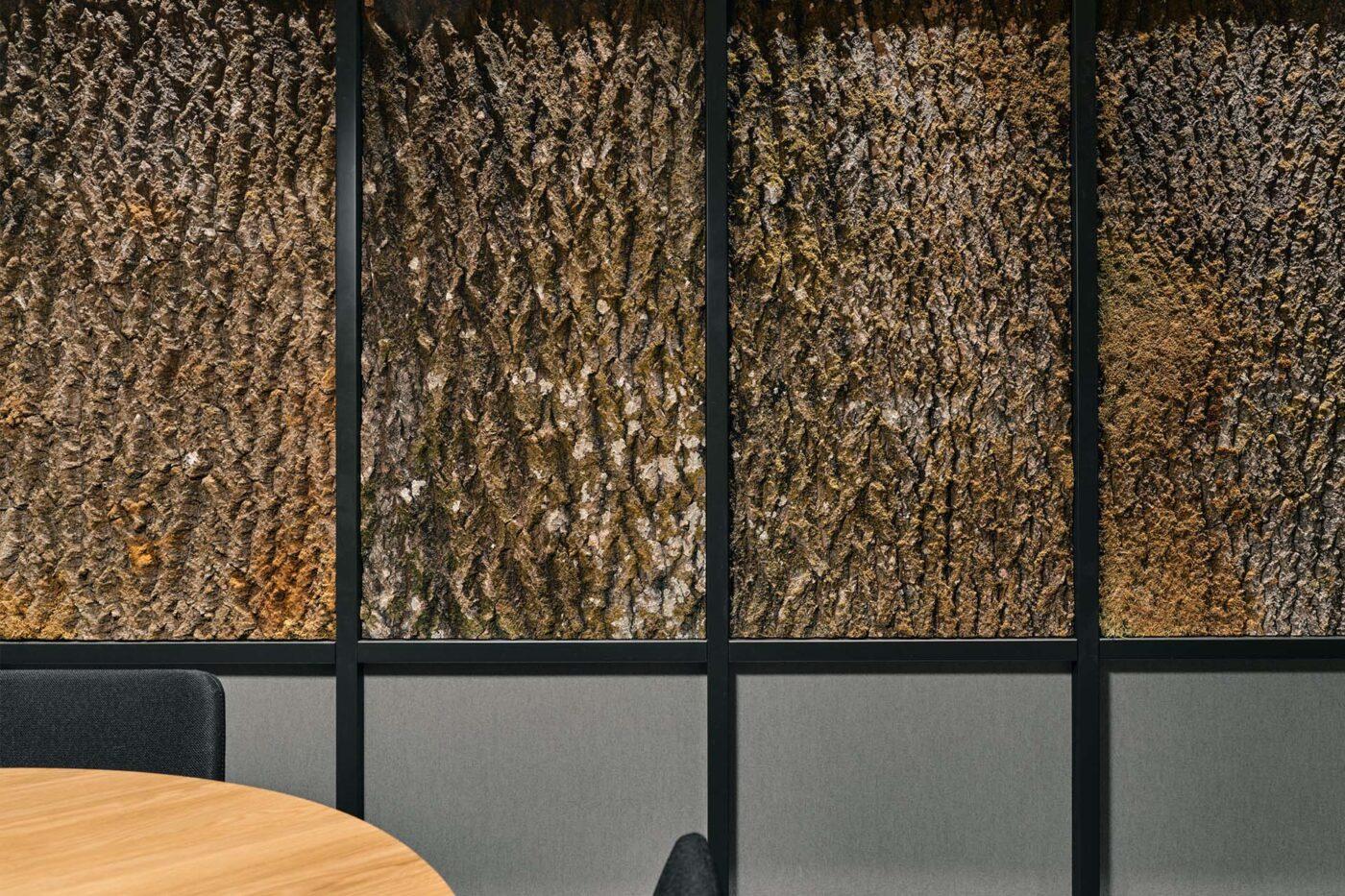
As the name suggests, at its core biodesign is a discipline that combines biology and design – in other words, using naturally occurring materials and processes, from plant and bacterial matter and animal-produced substances to biodegradation and naturally occurring chemical reactions, to enhance the design of a product or practical application by taking advantage of its natural properties and features.
Biodesign can play a significant role in our emerging circular economy by giving us opportunities to use more sustainable production processes and products, many of which can be composted at the end of their useful life. The potential industrial and scientific applications for biodesign principles are almost endless, from fashion and architecture to healthcare and product design, and educational institutions the world over are paying particularly close attention to the discipline.
Some of the natural materials used in biodesign can be quite surprising, and often sound a little bizarre (wearable spiderweb air filter, anyone?) but effective biodesign offers numerous benefits, from more sustainable production and improved efficiency in industrial processes to completely new solutions offering advantages in terms of health, sustainability and functionality. For example, students at UC Davis in California “biodesigned” a glitter made from bacterial nanocellulose with the aim of ending child labor in the mining of mica, which is often used to make glitter.
If you’re a regular follower of the Thermory blog, you’ll no doubt have noticed that we’re really interested in biophilic design in architecture, and perhaps you’re wondering if biodesign is another word for the same thing. The short answer is no, but there is some crossover between the two – biophilic design comprises six elements that can be used individually or in combination, and while some applications of those elements can incorporate aspects of biodesign, such as using naturally occurring materials or living organisms, most biophilic architecture does not automatically qualify as biodesign.
The primary aim of biophilic design is to create a closer connection between humans and our natural environment, whereas the applications of biodesign tend to be more about identifying and creating practical design solutions. Also, biophilic design relates exclusively to the field of architecture, whereas biodesign can be applied in any discipline that incorporates design – in other words, practically anywhere. In short, while some design practices that follow biophilic principles will, by definition, also follow those of biodesign, they are very much separate disciplines.
As in other industries, biodesign in architecture has the power to solve a range of practical challenges, often in ways that enable us to live in closer alignment with our natural surroundings, from more sustainable building materials to features that create symbiotic enhancements for both the human inhabitants and the life all around us.
Biodesign embraces the use of wood in various ways, leveraging its sustainability, versatility, and biodegradability for applications ranging from construction to medical devices. Researchers and designers continue to explore innovative ways to incorporate wood materials into new and existing products while considering ecological and environmental impacts.
For example, consider the concept of a structure that shapes live trees around other materials as they grow to produce a building that will evolve and change over the course of its lifetime. This concept is called BauBotanik, and its proponents claim that buildings constructed in this way will actually become stronger as they age.
And while wood’s ability to trap carbon dioxide is well documented, buildings made from living trees will actually continue to absorb the greenhouse gas, while also releasing oxygen, throughout their lifetime.
As you can tell, the places where biodesign could potentially take us as a global community are virtually endless, and this exciting and growing field could very well revolutionize the way we live. The products we use, the food we eat, the way we recycle, even the homes we live in could be transformed in fascinating, inspiring and life-enhancing ways in the near future – so watch this space!
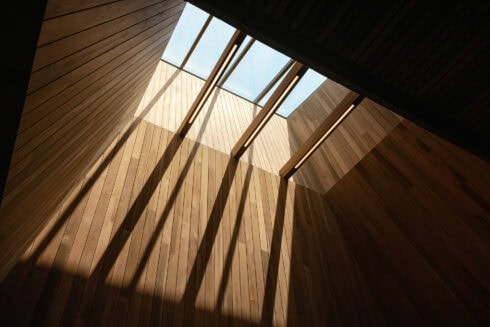
The Thermory Design Awards 2025 once again shine a spotlight on the most inspiring uses of thermally modified wood in architecture and design. This year’s...
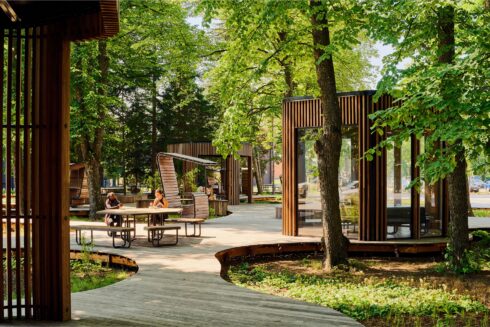
When it comes to decking, there are many options from natural wood to plastics and everything in between. It’s no secret that we at Thermory prefer...
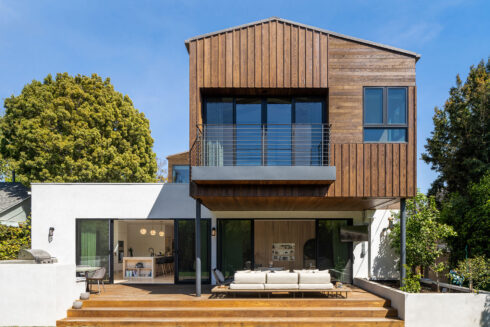
Yes — and you absolutely should. Mixing cladding...
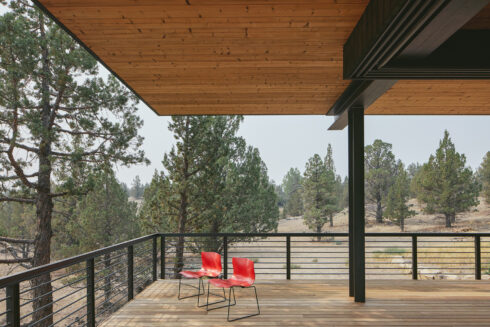
When designing...
...
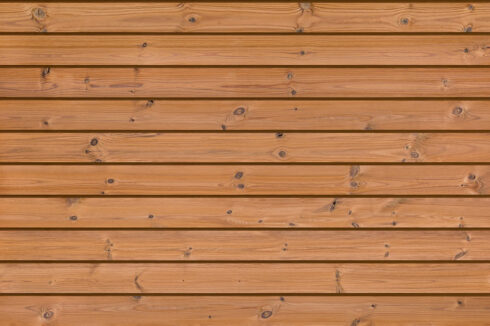
Shiplap cladding...
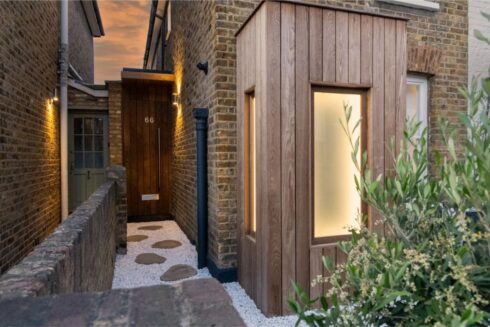
The most...
Rooftop spaces...

Contemporary...
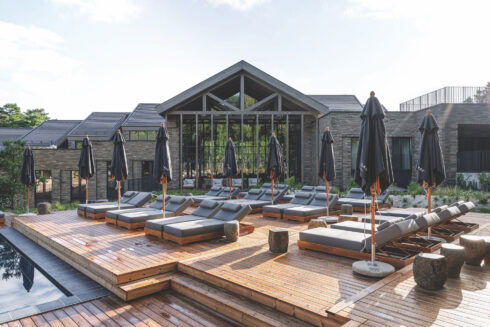
Wood decking adds...
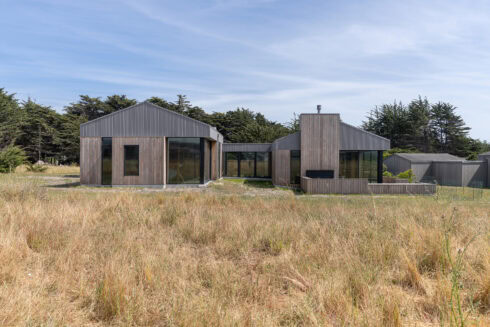
While a wood species’ natural properties play an important role in determining the timber cladding’s durability, they’re only part of the...

Combining different wood species, finishes and profiles brings variety to any interior or exterior design, delivering a tantalizing injection of texture and...
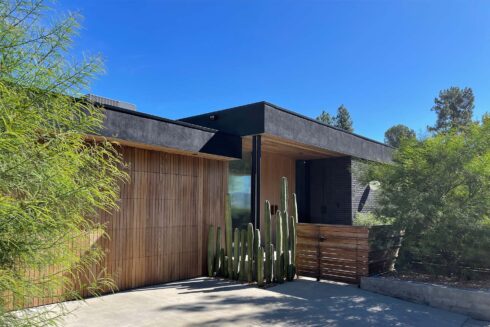
We were curious about the architecture trends and the popularity of timber in Australia, so we asked our down under partner, McCormacks Australia, to tell...
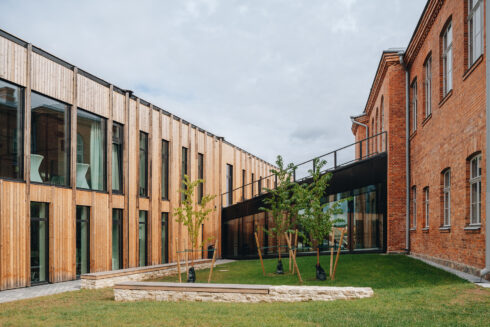
With the EU, US and many other countries aiming to achieve carbon neutrality by 2050, sustainability is not just a construction trend anymore, but it’s...
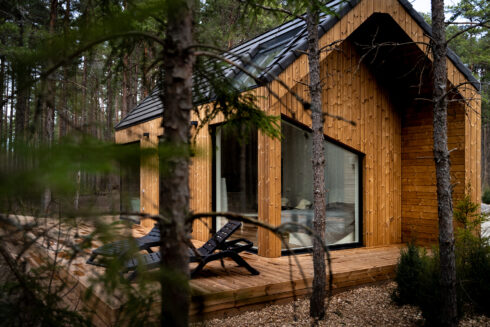
Sometimes, the best place to unwind and get away from it all is a secluded forest cabin in breathtaking surroundings. Find inspiration for your next...
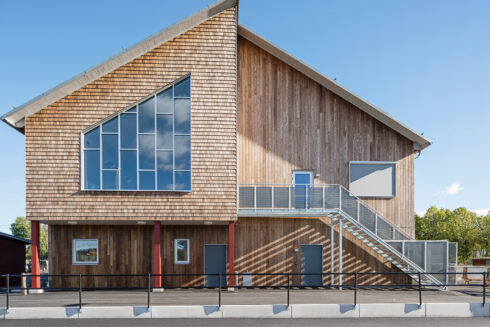
When it comes to designing and constructing educational spaces, choosing the right materials is crucial. There has been a growing trend towards...
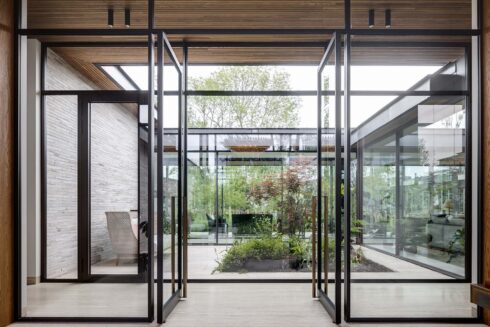
As architects and landscape designers, creating indoor outdoor living spaces that are sustainable and eco-friendly is more important than ever. With a...
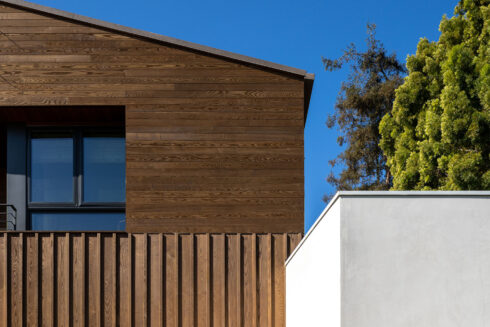
Wood is a highly valuable material and although it grows abundantly, we must treat this natural resource with respect and create value from even the smaller...
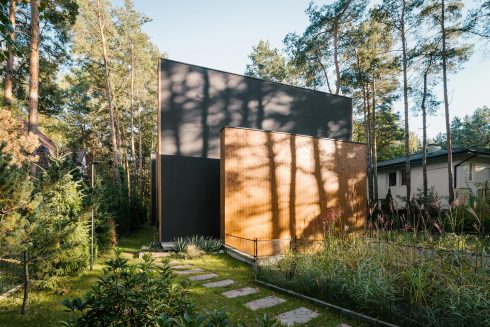
From intimate spaces like our homes to public urban areas, the environment surrounding us has a big effect on our well-being. Recent turbulent years have...
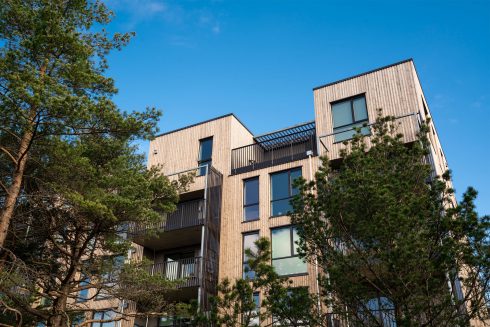
Finding the best solution to clad buildings is important for several reasons – as well as defining the look and feel of your design, it also has a major...
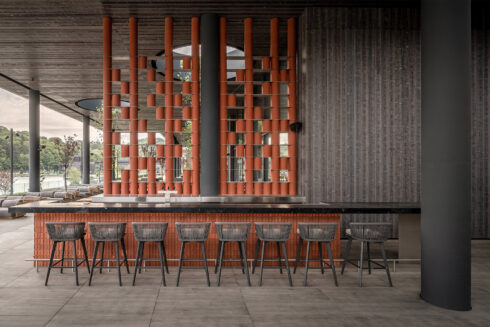
Thermory Design Awards is part of Thermory 25 celebrations for acknowledging and rewarding our...
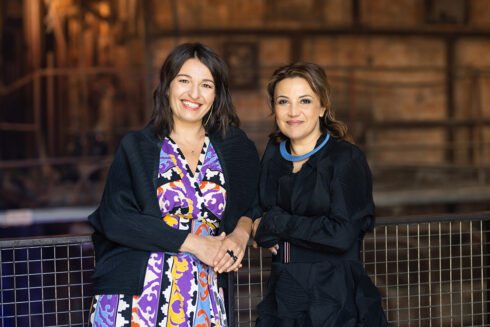
Curators of Tallinn Architecture Biennale 2022 exhibition “Edible ; Or, The Architecture of Metabolism”, Lydia Kallipoliti & Areti...
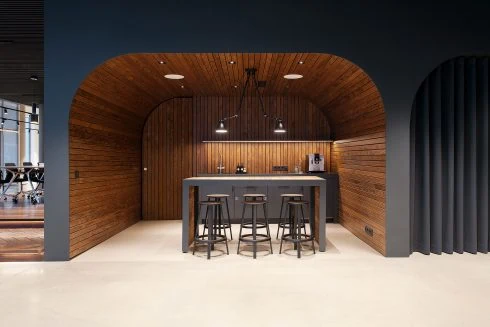
The aim of biophilic design is to create buildings and spaces that enable harmonious, naturally enjoyable experiences for their users by promoting the...

The purpose of biophilic design is to create spaces that deliver benefits for both human health and the environment by nurturing people’s innate affinity...

Natural wood can be used in many different ways. The beauty and versatility make wood unequalled building material. As both an interior and exterior design...
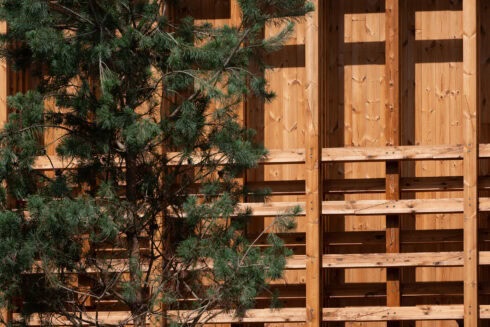
When it comes to...
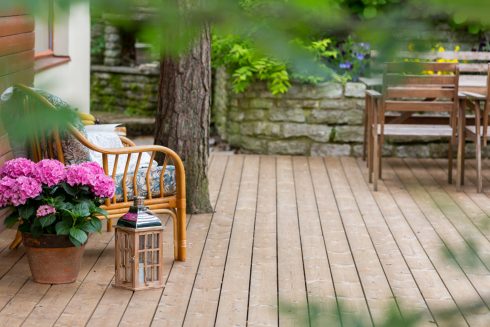
Home is where the heart is – a place where the whole family can feel safe and warm. The building materials you choose should enhance this feeling and...
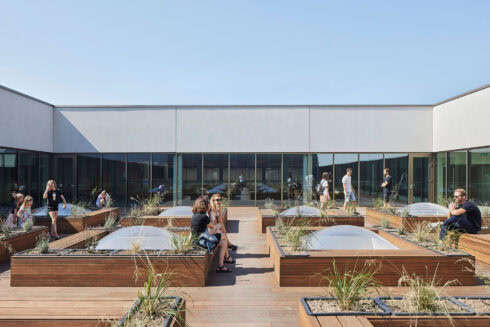
...
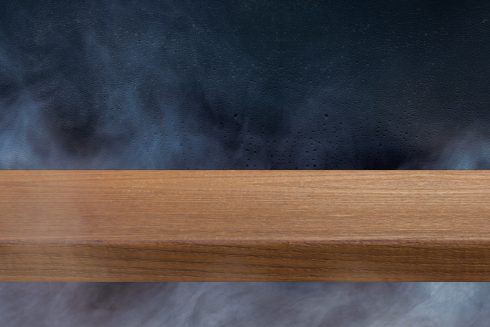
Thermally modified wood, often referred to as thermowood, is real wood enhanced using only heat and steam to improve its durability, dimensional stability,...
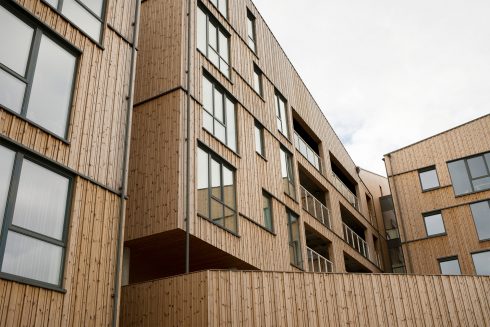
Thermally modified wood offers a unique combination of beauty, durability, and versatility. If you’re searching for fresh exterior cladding ideas,...
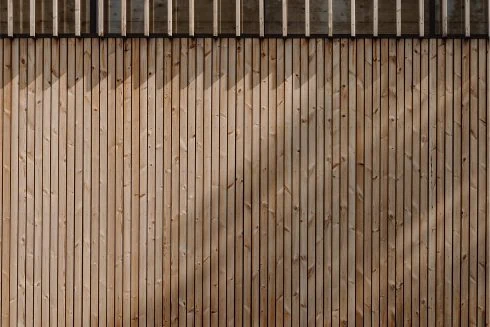
With rising concerns about climate change, the world community’s responsibility to reduce our carbon footprint rests with each and every individual and...
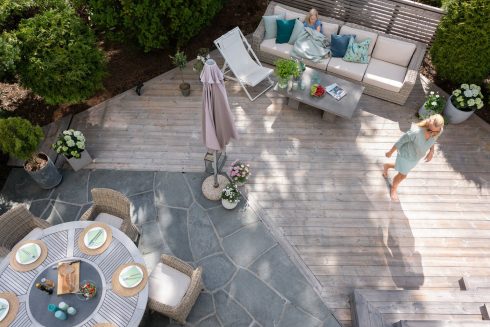
Wood is a natural material – and that’s part of its magic. Over time, its appearance changes, especially when exposed to the elements. Thermory’s...
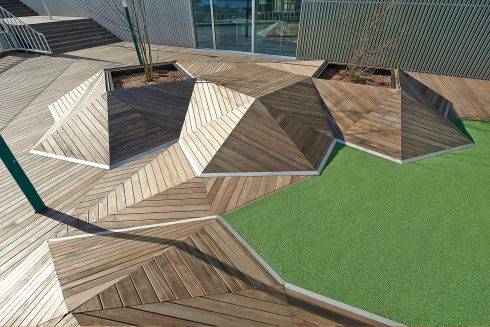
You’ve selected the perfect decking for your outdoor space – now you just need to decide how best to secure it in its chosen location. There are two...
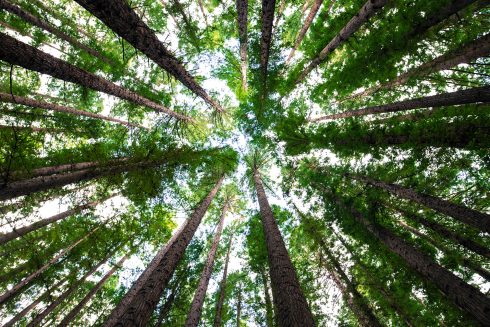
Great design is more than just aesthetics—it’s about how a space makes you feel. Increasingly, research confirms what many have intuitively known: wood...
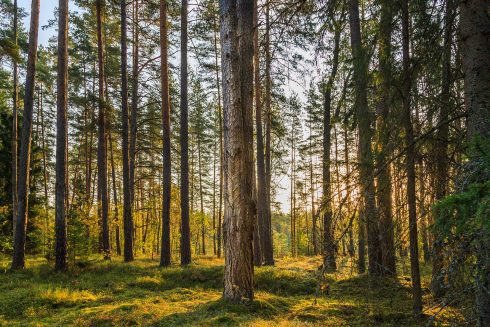
Ensuring the highest quality with the smallest possible ecological footprint and responsible use of resources are all principles that we consider important...
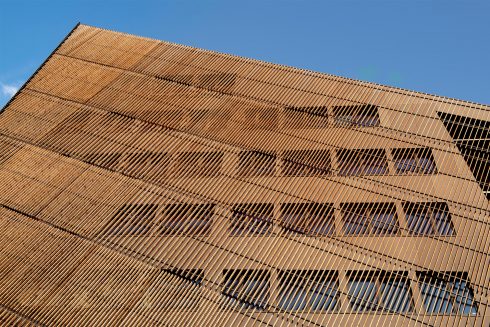
Throughout the history of architecture, surely no other material has been as influential as wood. It’s rare to see a building that’s been produced...
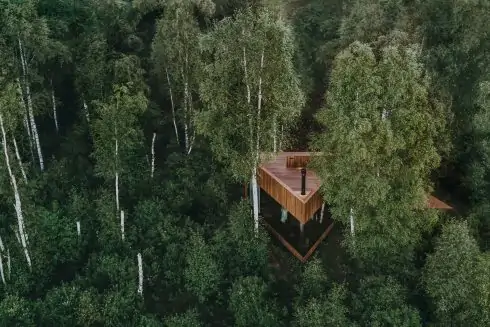
A trend is taking root in the worlds of architecture and interior design based on using natural materials and living plants to better...
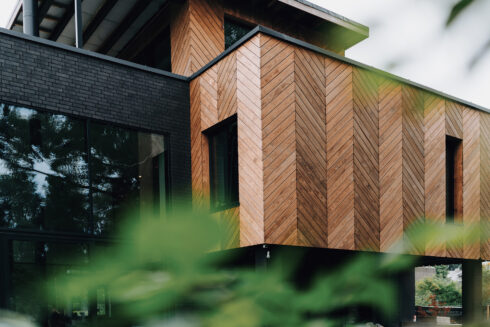
If you’re considering which wood types to use for a renovation or construction project, there are several considerations that may influence your decision...
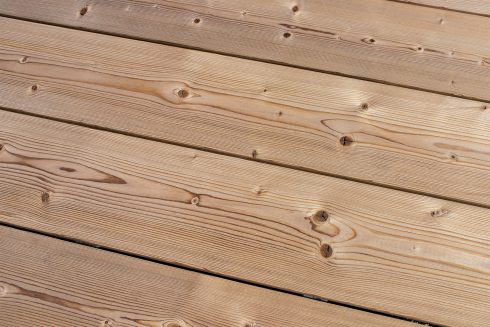
The wood-paneled interiors so common to mid-century homes have become sought after again, as many seek the warm, cozy feeling that the natural material...
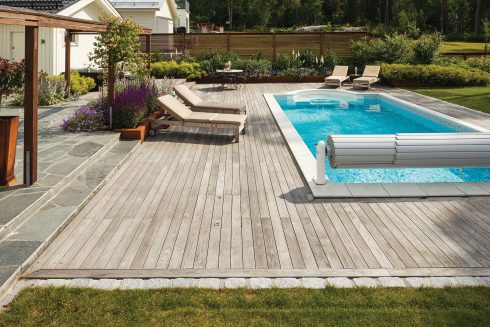
The warmth of springtime is fast approaching, and our thoughts are naturally turning towards spending more time outside. If you have a wooden terrace or...
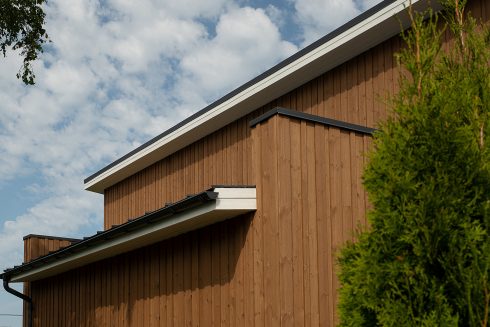
To ensure that your Thermory cladding retains its natural warm and authentic character, it’s important to apply the correct maintenance techniques. The...
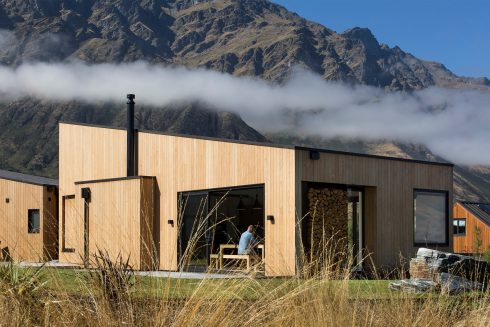
No matter where you live when you’re choosing a decking or cladding material, you’ll have to be mindful of how that material will change over time...
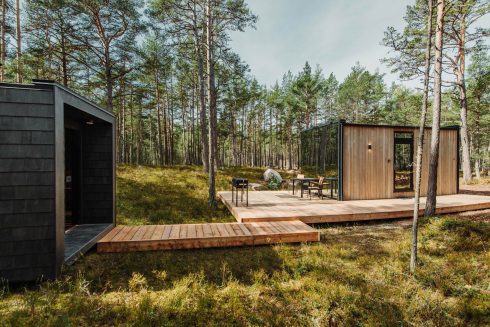
The tiny house movement has gained more momentum in the last decade, but why? It is based on tiny living: owning less so that what you own doesn’t own...

In 2022, the global megatrend of sustainable architecture and building practices will continue. Architecture trends influence the choice of materials both...
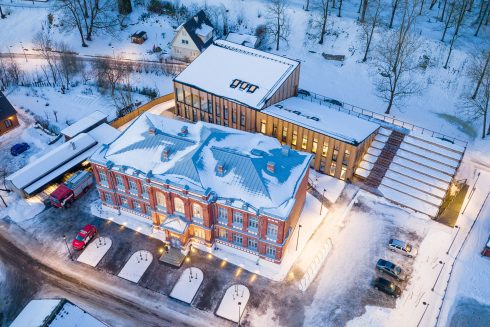
BENCHMARK THERMO-PINE CLADDING C4 20x115 / 26x 115, DECKING D4 26x115
ESTONIA
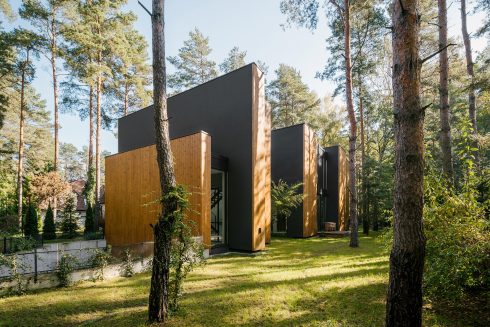
BENCHMARK THERMO-PINE
POLAND
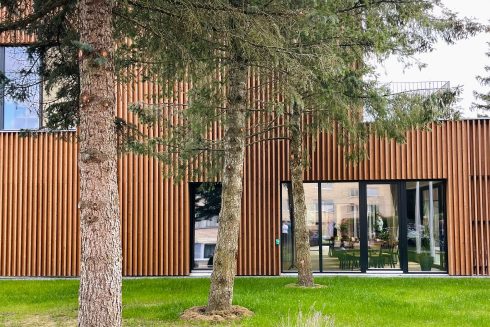
BENCHMARK THERMO-PINE
LITHUANIA

THERMORY THERMO-PINE MIX & MATCH CLADDING
NORWAY
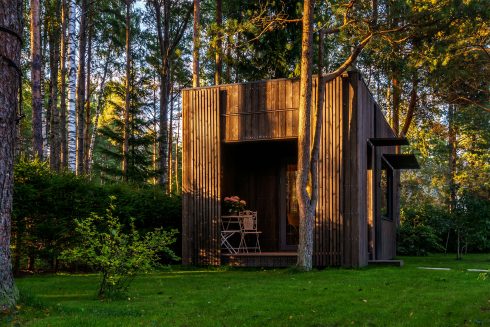
THERMORY BENCHMARK THERMO-SPRUCE BRUSHED CLADDING, THERMO-ASH DECKING AND FLOORING
ESTONIA
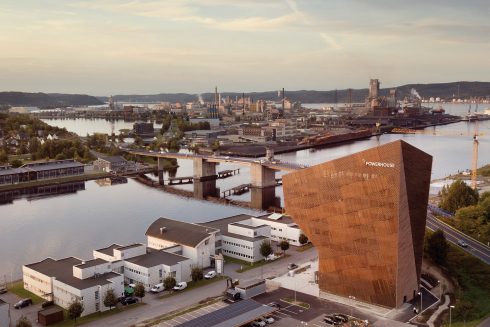
THERMORY BENCHMARK THERMO-PINE CLADDING C4
NORWAY
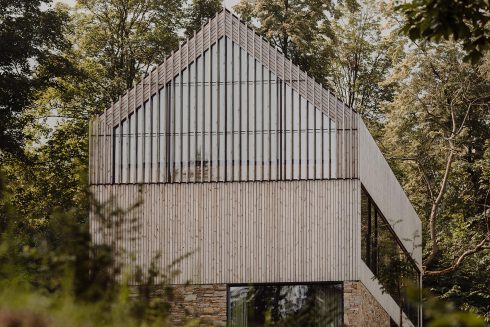
THERMORY BENCHMARK THERMO-PINE CLADDING AND ROOFING
POLAND
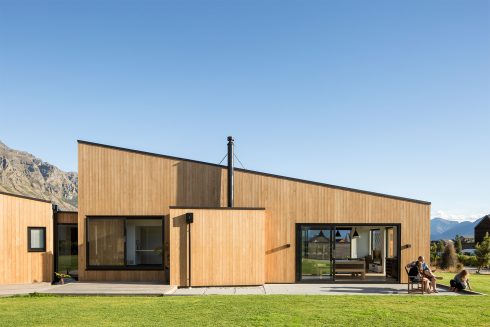
THERMORY BENCHMARK THERMO-RADIATA PINE CLADDING C3
NEW ZEALAND
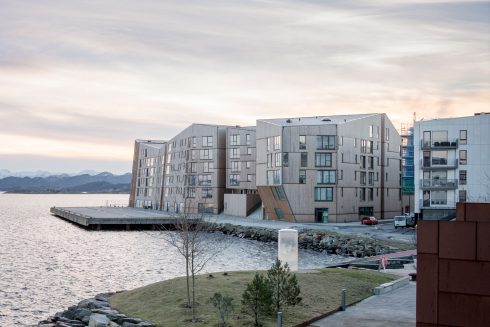
THERMORY BENCHMARK THERMO-PINE CLADDING C3 20X115 MM, ROOFING C10 20X140 MM AND DECKING D4 SG 26X140
NORWAY
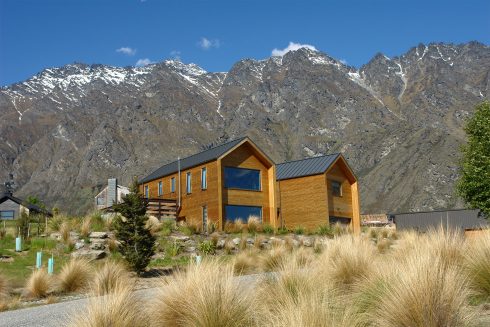
THERMORY BENCHMARK THERMO-PINE CLADDING C8 26X140 MM
NEW ZEALAND